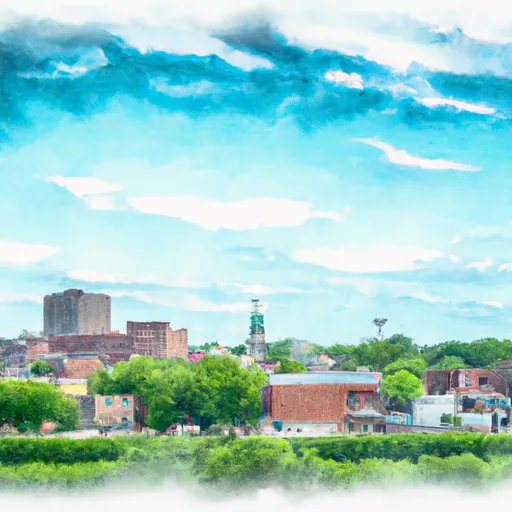°F
°F
mph
Windspeed
%
Humidity











Fremont is a small town located in the southeast corner of Iowa. The town experiences a humid continental climate with hot summers and cold winters. Precipitation is evenly distributed throughout the year. Fremont is surrounded by several streams and rivers, including the Des Moines River, which provides opportunities for fishing and boating. The area is also home to numerous parks and recreation areas, including the Waubonsie State Park and the Lake Icaria Recreational Area. These areas offer hiking, camping, and water activities such as swimming and kayaking. Fremont is known for its scenic beauty and outdoor recreation opportunities, making it a popular destination for nature lovers and outdoor enthusiasts.
Weather Forecast
Fremont receives approximately 925mm of rain per year, with humidity levels near 83% and air temperatures averaging around 11°C. Fremont has a plant hardyness factor of 5, meaning plants and agriculture in this region thrive during a short period during spring and early summer. Most plants will die off during the colder winter months.
Regional Streamflow Levels
10
Cubic Feet Per Second
45
Cubic Feet Per Second
5
Cubic Feet Per Second
4
Cubic Feet Per Second
Nearby Camping
| Camping Area | Reservations | Toilets | Showers |
|---|---|---|---|
| Lakeview - Bull Shoals Lake | |||
| Henderson - Norfolk Lake | |||
| Panther Bay - Norfolk Lake | |||
| Point Return City Park | |||
| Robinson Point - Norfolk Lake | |||
| Bidwell Point - Norfolk Lake |



